Climate change is no longer a distant worry for future generations—it’s a rapidly unfolding crisis that affects every corner of our planet right now. This isn’t just about hotter summers or a few melting ice caps; it’s a complex web of changes that threaten ecosystems, economies, and our everyday lives. If you’ve ever felt overwhelmed by the sheer scope of it all, you’re not alone. Here are 13 unsettling truths about how quickly the world is warming, complete with insights to help you understand what’s at stake and how you can be part of the solution.
1. The Last Decade Was the Warmest on Record

In recent years, we’ve experienced something unprecedented: the warmest decade ever recorded. According to NASA, the average global temperature in 2010-2019 was 0.8 degrees Celsius higher than the 20th-century average. It might sound negligible, but this shift has massive implications for weather patterns, sea levels, and ecosystems. Even small increases in global temperature can lead to extreme weather events, like more intense hurricanes and devastating wildfires.
Beyond just feeling a bit warmer, these temperature shifts disrupt everything from agriculture to migration patterns. Growing seasons for crops are changing, and some plants and animals are struggling to adapt. People are beginning to notice these impacts in their everyday lives, whether it’s through unseasonal weather or rising grocery prices. Simply put, a warmer planet means an unpredictable future for everyone.
2. Ice Sheets Are Melting at an Alarming Rate
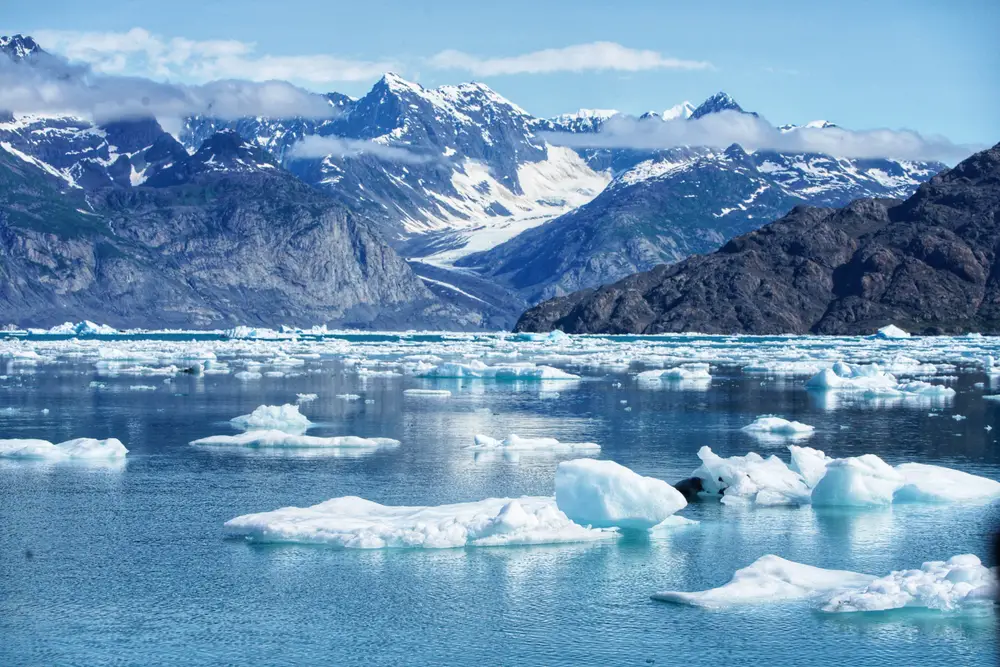
When you picture ice melting, you might think of ice cubes on a hot day, but this is an entirely different scale. The ice sheets of Greenland and Antarctica are losing billions of tons of ice every year. As these massive ice formations melt, they contribute to rising sea levels, which threaten coastal communities worldwide. If you’re imagining a distant problem, consider that some of these changes are happening faster than scientists initially predicted.
Coastal cities are investing heavily in infrastructure to combat rising waters, but it’s a race against time. Miami, for instance, is spending millions on pumps and seawalls, which are temporary solutions at best. The melting ice also disrupts ocean currents, which can lead to changes in climate patterns far from the poles. These interconnected systems mean that no matter where you live, the effects of melting ice are indirectly knocking on your door.
3. Ocean Temperatures Are Increasing Rapidly

Oceans absorb about 90% of the excess heat from global warming, which means they’re getting warmer, too. The National Oceanic and Atmospheric Administration (NOAA) reports that ocean heat content has reached record levels in recent years. This warming affects marine life, from coral reefs experiencing bleaching events to fish populations migrating in search of cooler waters. These changes aren’t just an ecological issue but a human one, affecting fisheries and the communities dependent on them.
Warmer oceans also contribute to more intense and unpredictable weather. Hurricanes, for example, draw energy from warm water, which can lead to more powerful storms. This can result in increased damage and loss of life in affected areas, further burdening economies. A warmer ocean is a cascade of consequences that trickle down to impact food security, livelihoods, and safety.
4. Wildfires Are Becoming More Severe
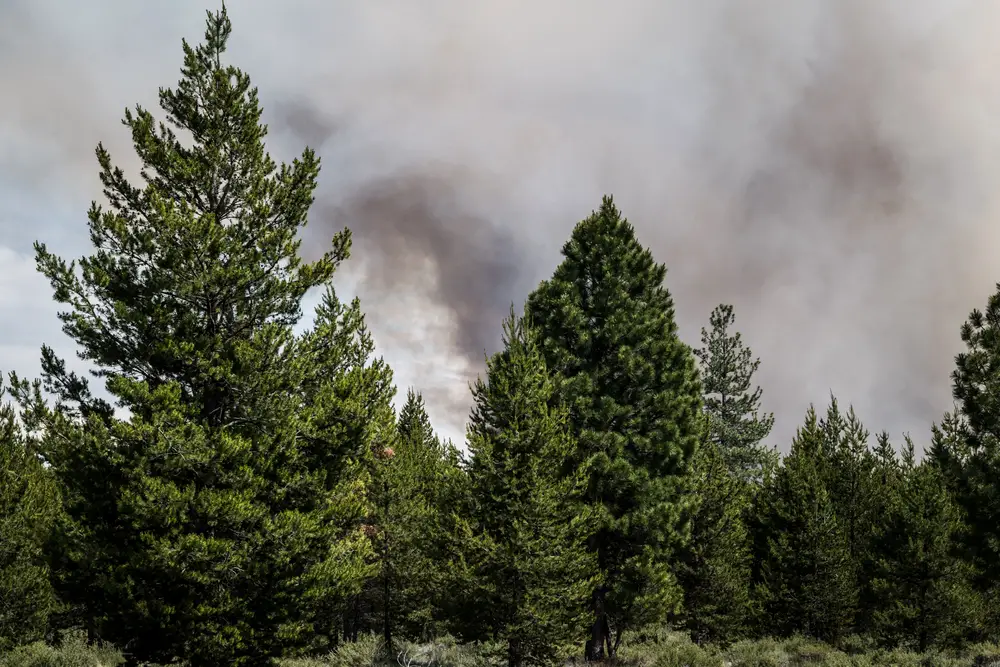
If you feel like you’ve been hearing about wildfires more often, you’re not imagining it. The combination of rising temperatures and prolonged droughts creates the perfect environment for wildfires to spark and spread. This isn’t just a problem for the forested areas directly affected; it’s a global concern. Smoke from wildfires can travel thousands of miles, impacting air quality in cities far from the flames.
These fires destroy homes, displace communities, and cause billions in damages every year. More than just an environmental concern, wildfires pose serious public health risks. The fine particulate matter in wildfire smoke is linked to respiratory and cardiovascular issues, leading to increased hospital visits and health warnings. Whether directly or indirectly, these raging infernos touch lives in ways many of us never considered.
5. Biodiversity Is at Serious Risk

As the world warms, countless plant and animal species face the risk of extinction. According to a study published in the journal Nature, if current trends continue, one in six species could disappear forever. This loss of biodiversity affects ecosystems’ ability to function and provide essential services like pollination and water purification. When species vanish, the balance of entire ecosystems can be thrown off, impacting food chains and habitats.
For people, this means more than just losing the chance to see certain animals in the wild. It impacts agriculture, natural resources, and even cultural practices linked to the natural world. The cascading effects of losing biodiversity can also affect economies, especially in communities that rely on eco-tourism or fishing. The intricate web of life is delicate, and each lost species represents a hole that cannot be easily filled.
6. Extreme Weather Events Are Becoming the Norm

You’ve likely noticed that weather patterns seem a bit out of whack lately. Climate change is driving an increase in the frequency and severity of extreme weather events, from floods and hurricanes to heatwaves and droughts. These events are not just random acts of nature; they’re becoming more common and intense due to the warming climate. For people worldwide, this means grappling with the unpredictability of weather that can devastate homes, crops, and infrastructure.
The economic toll of these disasters is staggering, often amounting to billions in damages and reconstruction costs. It’s not just about the immediate aftermath, as recovery can take years and drain resources. These events also highlight and exacerbate existing inequalities, as vulnerable communities often bear the brunt without adequate support. As these extreme events become part of our new normal, resiliency and adaptation become more crucial than ever.
7. Sea Levels Are Rising and Rising
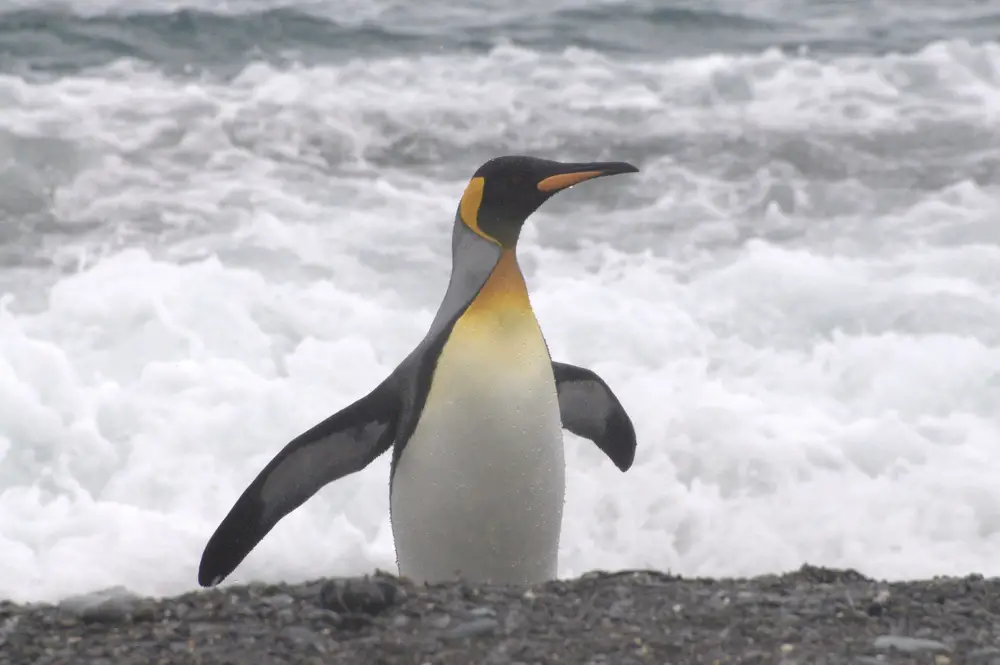
Rising sea levels might seem like a coastal concern, but they’re a global issue with far-reaching effects. The Intergovernmental Panel on Climate Change (IPCC) reports that sea levels have been rising faster than anticipated due to ice melt and thermal expansion. This trend poses significant risks to coastal cities, with millions of people at risk of displacement. It’s not just homes at stake; critical infrastructure like roads, schools, and hospitals are also in jeopardy.
Adaptation measures, such as building seawalls and elevating structures, can be immensely costly. However, these are short-term fixes and often inaccessible to less affluent regions. As sea levels rise, saltwater can also intrude into freshwater sources, compromising drinking water supplies. The urgency to address this issue resonates across borders, affecting economic stability and human health on a global scale.
8. Permafrost Is Thawing

You may not think much about the frozen ground known as permafrost, but its thawing has some serious implications. Permafrost stores massive amounts of carbon and methane; when it thaws, these gases are released into the atmosphere. This adds more fuel to the global warming fire, creating a feedback loop that accelerates climate change. It’s a stark reminder that everything in our ecosystem is interconnected.
The thawing of permafrost also causes the ground to become unstable, leading to issues like landslides and infrastructure damage. In areas like Alaska and Siberia, roads, buildings, and pipelines are at risk. For local communities, this means adapting to a landscape that is literally shifting beneath their feet. The economic and social costs of these changes are just beginning to be understood.
9. Coral Reefs Are Dying
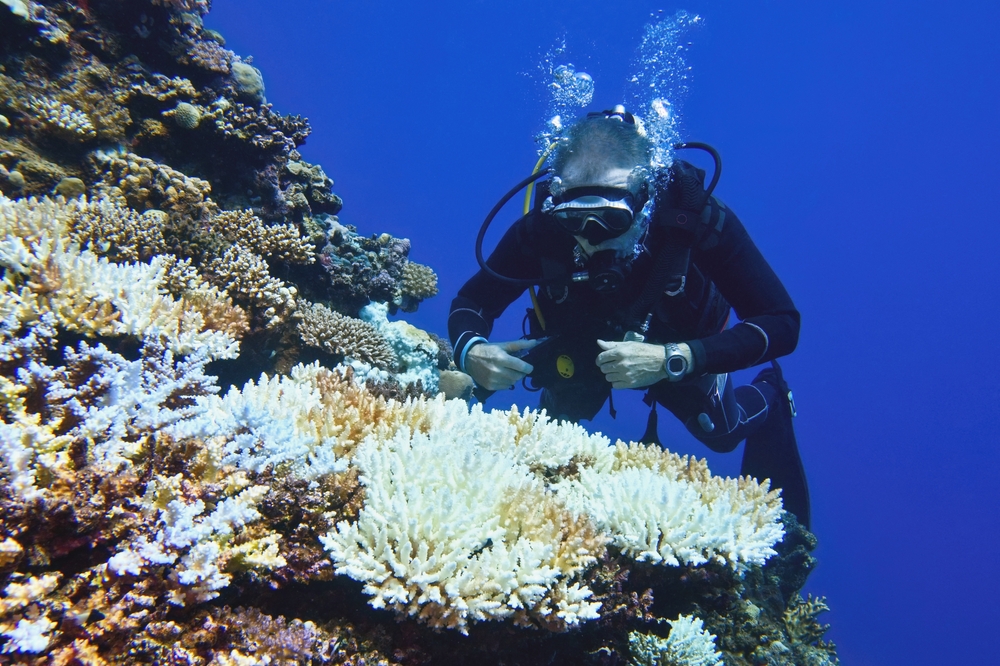
Coral reefs are often dubbed the “rainforests of the sea,” but they are facing a dire crisis. Rising sea temperatures and ocean acidification lead to coral bleaching, where corals expel the algae that give them color and vital nutrients. Without these algae, corals can die, and the vibrant underwater ecosystems they support can collapse. This is not just an ecological disaster; it impacts millions of people who rely on reefs for food, tourism, and coastal protection.
The loss of coral reefs also means a loss of biodiversity and a decline in fish populations that many communities depend on. While some efforts to restore reefs are underway, the scale and speed of the damage are daunting. The beauty and biodiversity of coral reefs are at a tipping point, and their loss would mean saying goodbye to some of nature’s most magnificent spectacles. Protecting these ecosystems requires urgent and concerted global action.
10. Agriculture Faces New and Dire Challenges

If you’ve noticed fluctuations in food prices or availability, climate change may be partly to blame. Shifting weather patterns affect crop yields, with some regions experiencing droughts while others face excessive rainfall. This unpredictability makes farming more challenging and can lead to food shortages and higher prices. As agriculture is a cornerstone of human survival, this has serious implications for global food security.
Farmers are being forced to adapt, experimenting with new crops or investing in technology to manage water and soil more efficiently. However, not all farmers have the resources to make these transitions, especially in developing countries. This increases the risk of hunger and poverty in vulnerable populations already struggling to make ends meet. The ripple effects of these challenges extend beyond fields and farms, influencing economic and political stability worldwide.
11. Climate Migration Is Now a Thing
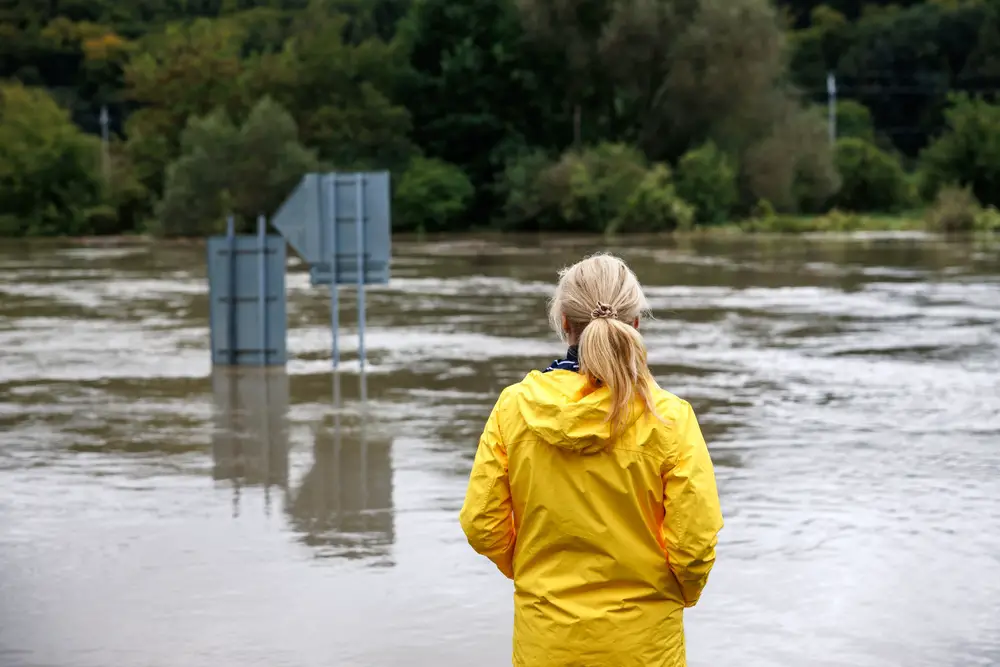
With the myriad impacts of climate change, people are increasingly being forced to leave their homes in search of safer environments. This phenomenon, known as climate migration, is a growing reality for millions around the globe. Whether it’s rising sea levels, extreme weather, or failing crops, the factors driving people to move are varied and complex. For many, it’s a last resort when their homes become uninhabitable or their livelihoods unsustainable.
This mass movement of people presents new challenges for both the communities they leave and those they move into. Strain on resources, housing, and infrastructure in host areas can lead to social tensions and political challenges. Climate migration is not just a humanitarian issue but a geopolitical one, as it can exacerbate existing conflicts and create new ones. As these movements increase, the need for international cooperation and comprehensive policies becomes ever more urgent.
12. Economic Impacts Are Hurting People
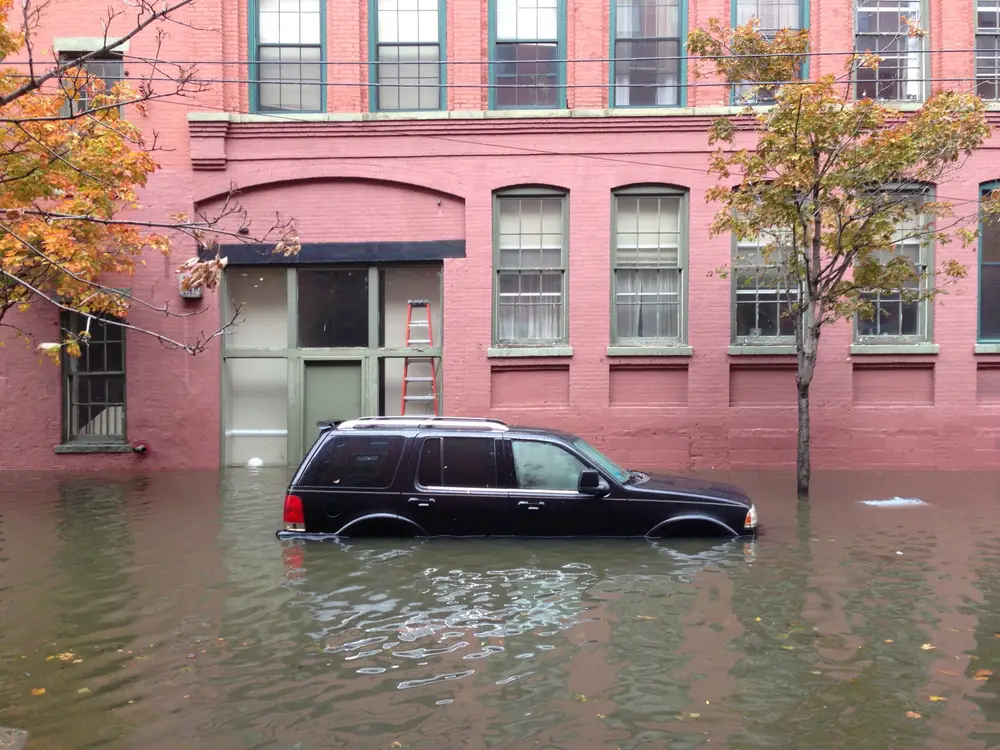
Climate change isn’t just an environmental issue; it’s an economic one too. The costs of adapting to and mitigating climate impacts are skyrocketing, affecting everything from infrastructure to healthcare. Extreme weather events alone incur billions in damages each year, straining public budgets and diverting resources from other critical needs. For businesses, climate change introduces new risks and uncertainties that can affect supply chains, investments, and overall economic stability.
Insurance costs are rising, reflecting the increased risk of natural disasters, which in turn affects property values and the cost of doing business. For everyday people, this can mean higher prices for goods and services, as companies pass on these costs to consumers. The economic impacts of climate change are pervasive, touching every aspect of life and challenging us to rethink our priorities and investments for a sustainable future.
13. Our Window for Action Is Closing
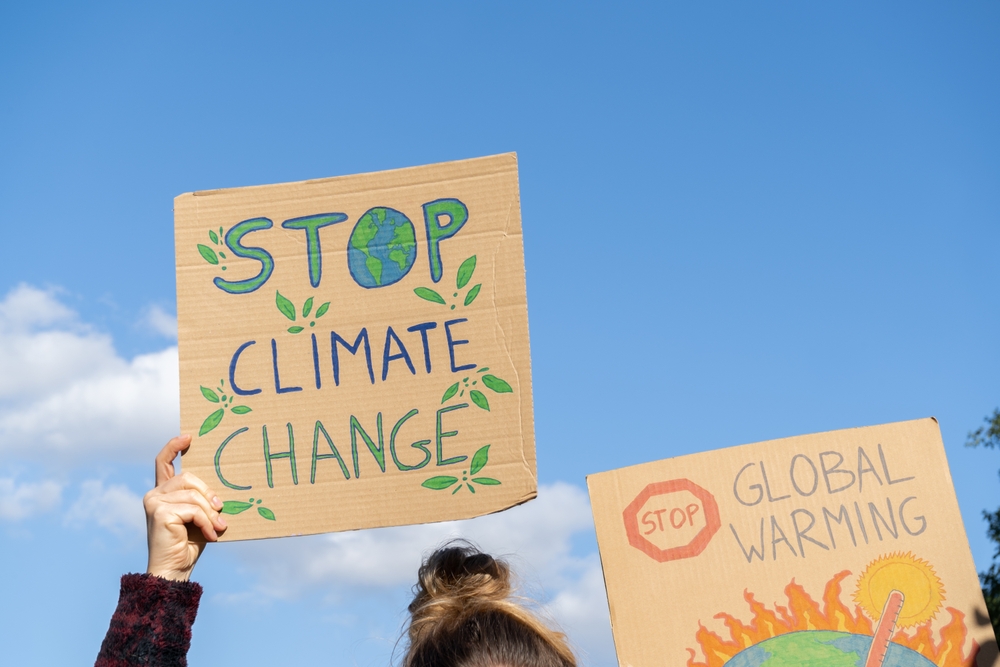
The science is clear: we have a limited time to curb global warming and its catastrophic effects. Every year of inaction makes it harder to limit temperature rise to safe levels, as outlined in the Paris Agreement. If you feel a sense of urgency, you’re not alone—scientists and policymakers are calling for immediate, large-scale actions to reduce greenhouse gas emissions. This is not just about saving polar bears or glaciers; it’s about ensuring a livable planet for future generations.
Despite the daunting nature of the challenge, there is hope. Renewable energy technologies are advancing, and more people are becoming engaged in climate activism. Governments and businesses are beginning to take meaningful steps toward sustainability. But the clock is ticking, and the window for decisive action is closing—what we do in the next decade will define the climate legacy we leave behind.
